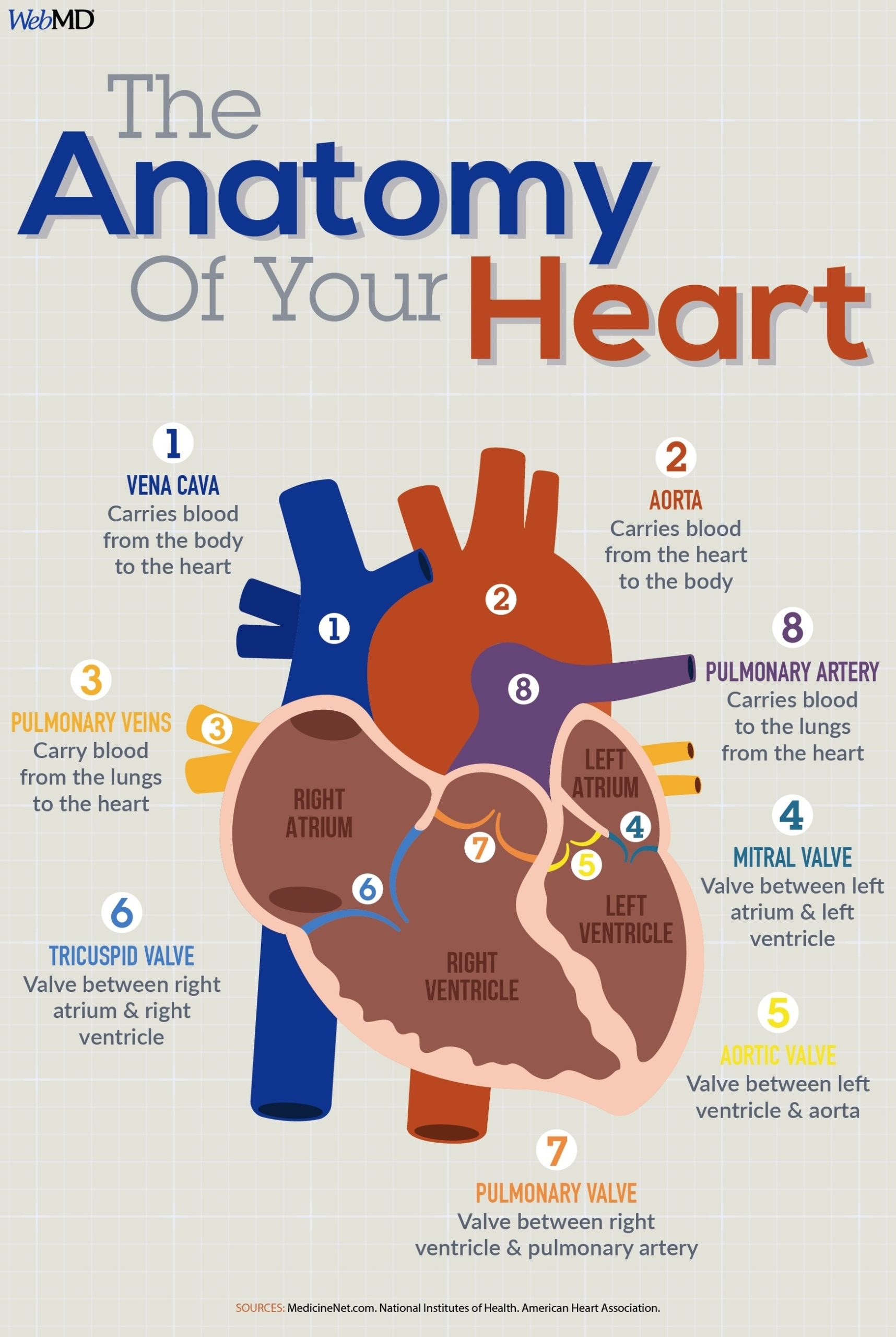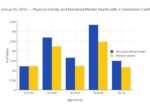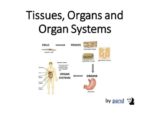The human heart, a central organ of the circulatory system, is a mostly hollow, muscular structure composed of cardiac muscles and connective tissue. It serves as a pump to distribute blood throughout the body’s tissues.
Location and Structure
The heart is situated between the two lungs and slightly to the left of the center, behind the breastbone. It rests on the diaphragm, the muscular partition between the chest and the abdominal cavity. The heart consists of several layers of a tough muscular wall, the myocardium. A thin layer of tissue, the pericardium, covers the outside, and another layer, the endocardium, lines the inside.
Chambers of the Heart
The heart cavity is divided down the middle into a right and a left heart, which in turn are subdivided into two chambers. The upper chamber is called an atrium (or auricle), and the lower chamber is called a ventricle. The two atria act as receiving chambers for blood entering the heart; the more muscular ventricles pump the blood out of the heart.
Circulation of Blood
The heart, although a single organ, can be considered as two pumps that propel blood through two different circuits. The right atrium receives venous blood from the head, chest, and arms via the large vein called the superior vena cava and receives blood from the abdomen, pelvic region, and legs via the inferior vena cava. Blood then passes through the tricuspid valve to the right ventricle, which propels it through the pulmonary artery to the lungs.
Heart Rate
The average heart beats between 60 and 90 times per minute, but this depends on a person’s cardiovascular health and activity level. The more physically fit people are, the lower their resting heart rates will be. Hormones released because of emotions and other stimuli affect the heart rate.
ignificance
The heart is the epicenter of the circulatory system, which supplies the body with oxygen and other important nutrients needed to sustain life. The heart’s double-pump feature transports blood away from it and back to it. Freshly oxygenated blood leaves the left side of the heart through the ascending aortathe largest artery in the human body. Blood flowing through the right side of the heart is returning from all over the body before it is sent to the lungs where it receives oxygen.
In conclusion, the human heart, with its complex structure and vital function, is a marvel of biological engineering. Its ceaseless work powers the circulatory system, making life as we know it possible..



